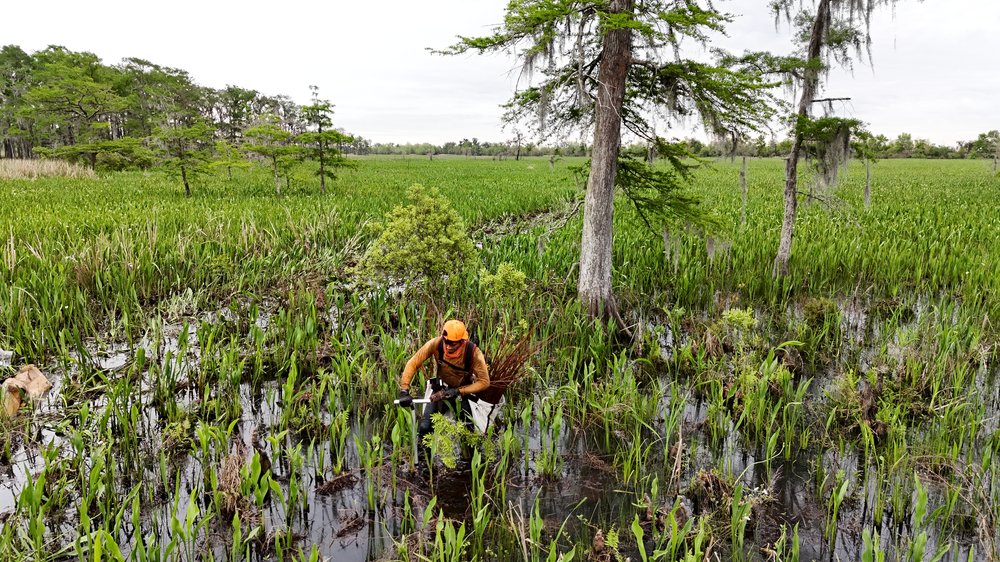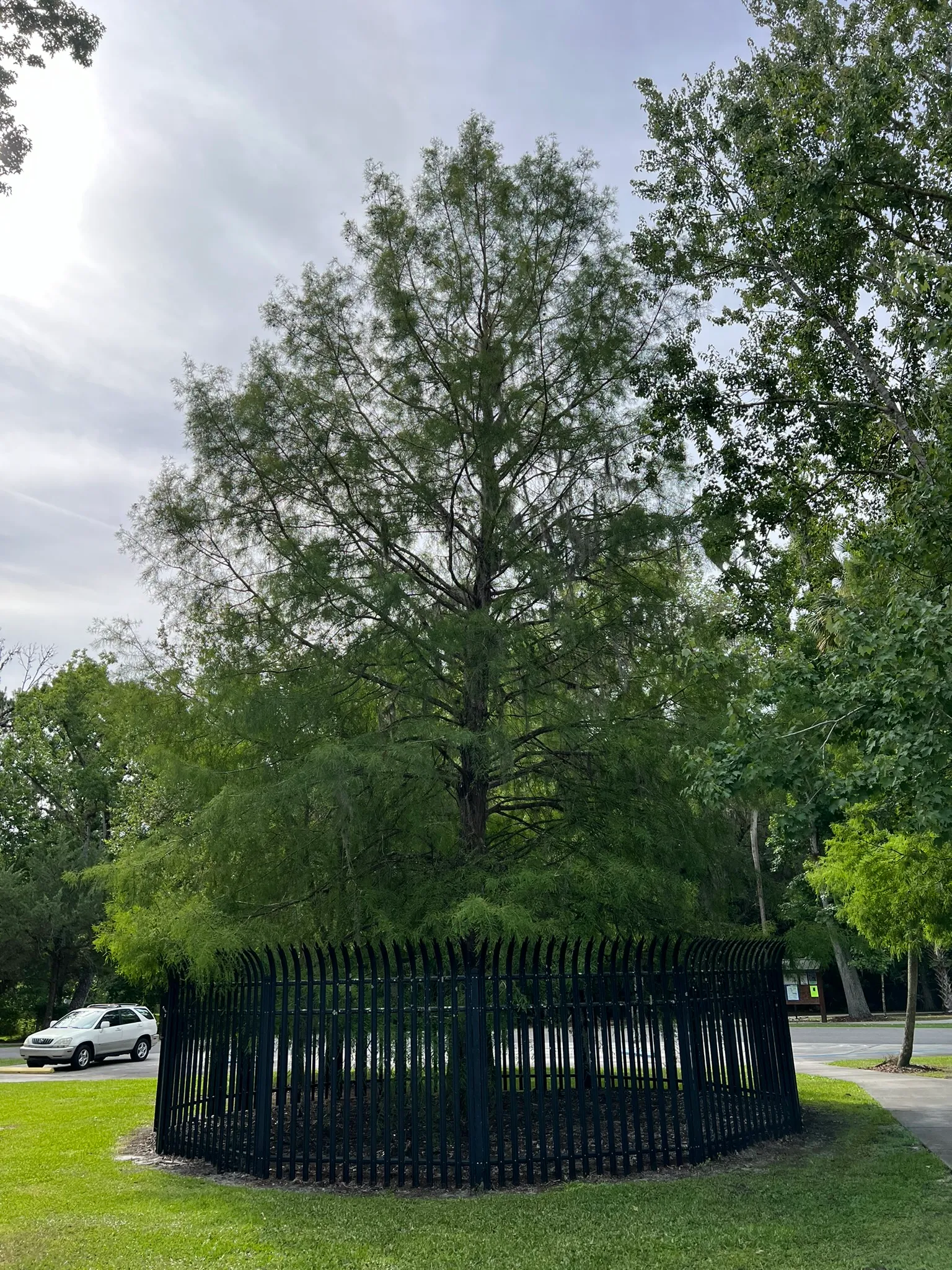Common Persimmon
An excellent small to medium tree, common persimmon is an interesting, somewhat irregularly-shaped native tree, suitable for naturalizing in yards or parks. Bark is gray or black and distinctly blocky, with orange in the valleys between the blocks. Fall color can be a spectacular red in USDA hardiness zones 4 through 8a. It is well adapted to cities but presents a problem with fruit litter, attracting flies and scavengers such as opossums and other mammals. Its mature height can be 60 feet, with branches spreading from 20 to 35 feet and a trunk two feet thick, though it is commonly much shorter in landscapes. The trunk typically ascends up through the crown in a curved but very dominant fashion, rarely producing double or multiple leaders. Lateral branches are typically much smaller in diameter than the trunk.
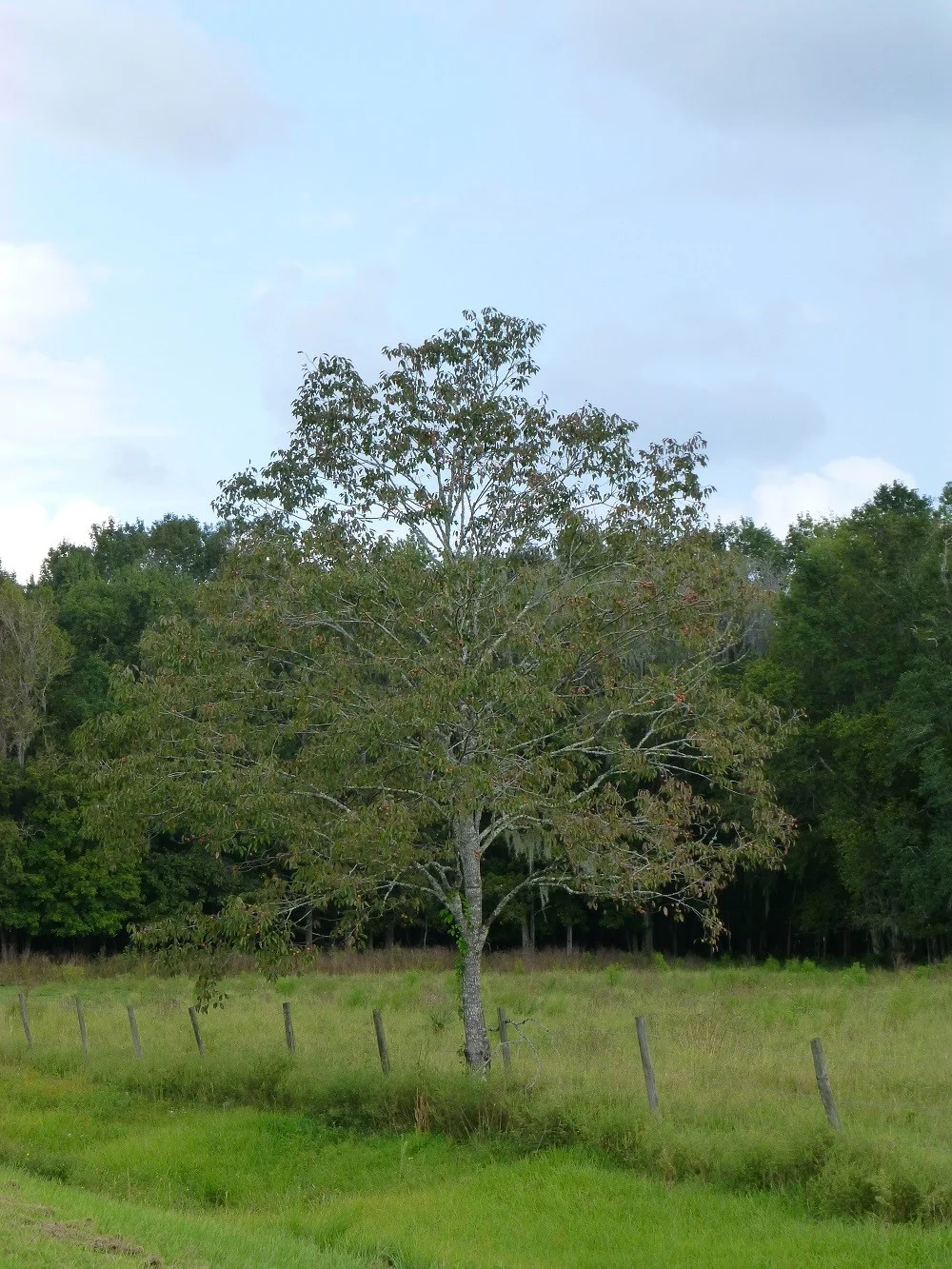
Sizes Available
Wholesale Only
1 Gallon
$4.00
3 Gallon
$8.00
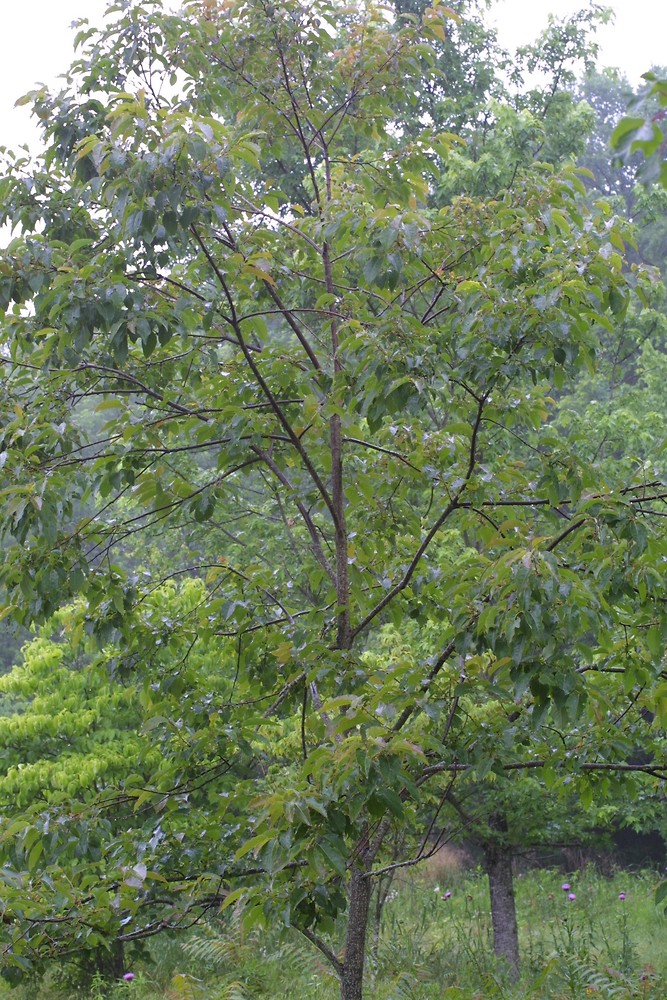
The Common Persimmon boasts striking blocky bark, vibrant fall colors, and delicious fruit loved by wildlife. A hardy and adaptable choice for natural landscapes!
Scientific Name: Diospyros virginiana
Common Name: Common Persimmon
Hardiness Zones: 4B through 9B
Height: 40 to 60 feet
Spread: 20 to 35 feet
Growth Rate: Moderate
Foliage:
-
Spring & Summer: Dark green and shiny on top, paler green underneath
-
Fall: Yellow, red, and purple; showy
Bark: Gray and brown with orange peering between fissures, becoming nearly black and breaking into thick, squarish blocks with maturity
Sun: Full sun
Soil: Adaptable; tolerates clay, sand, loam, alkaline, and acidic soils; withstands extended flooding and well-drained conditions
Wildlife Value: Provides food for squirrels, birds, and mammals; attracts pollinators
Why Choose Persimmon?
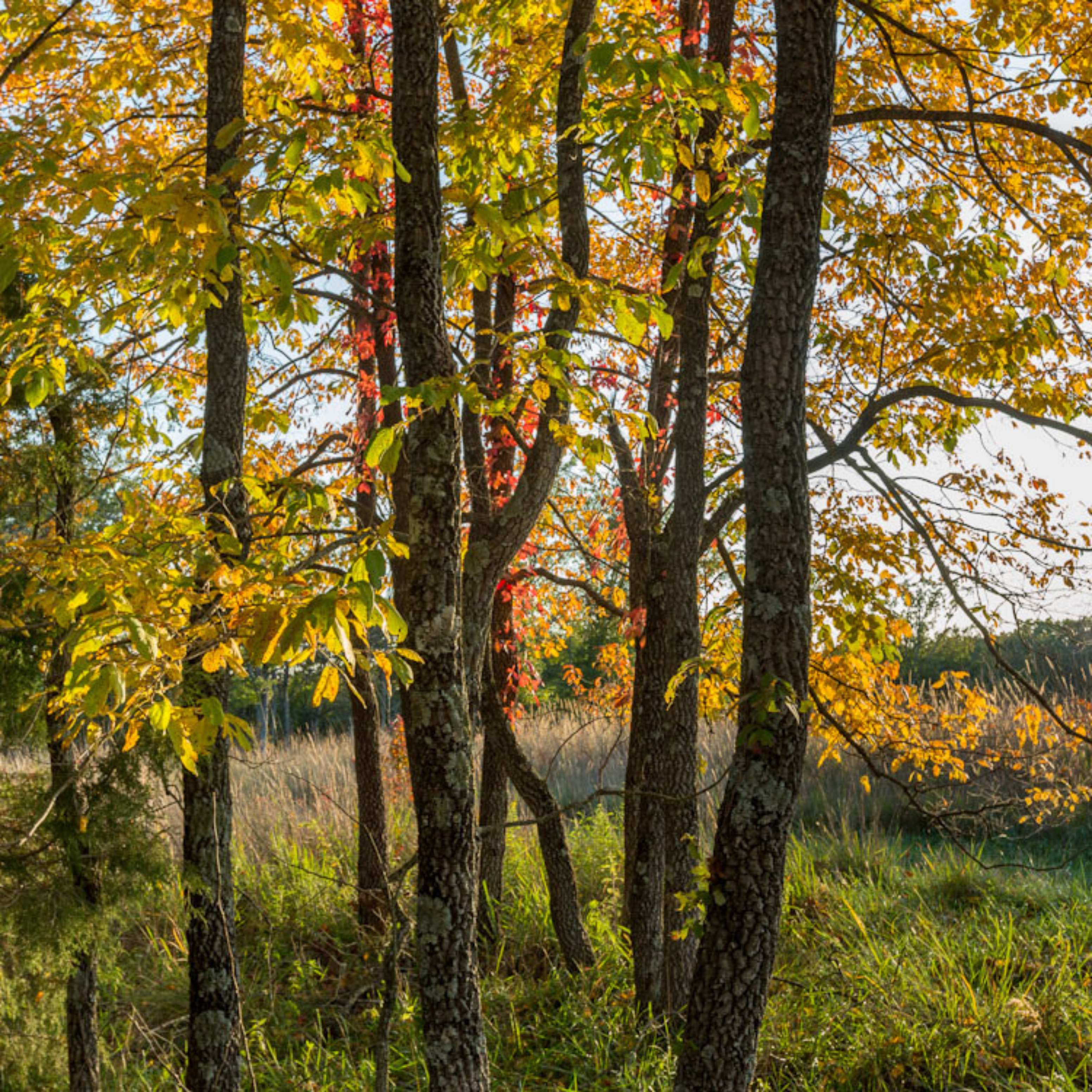
Visual Appeal
Beautiful fall color and unique bark texture add visual appeal to landscapes.
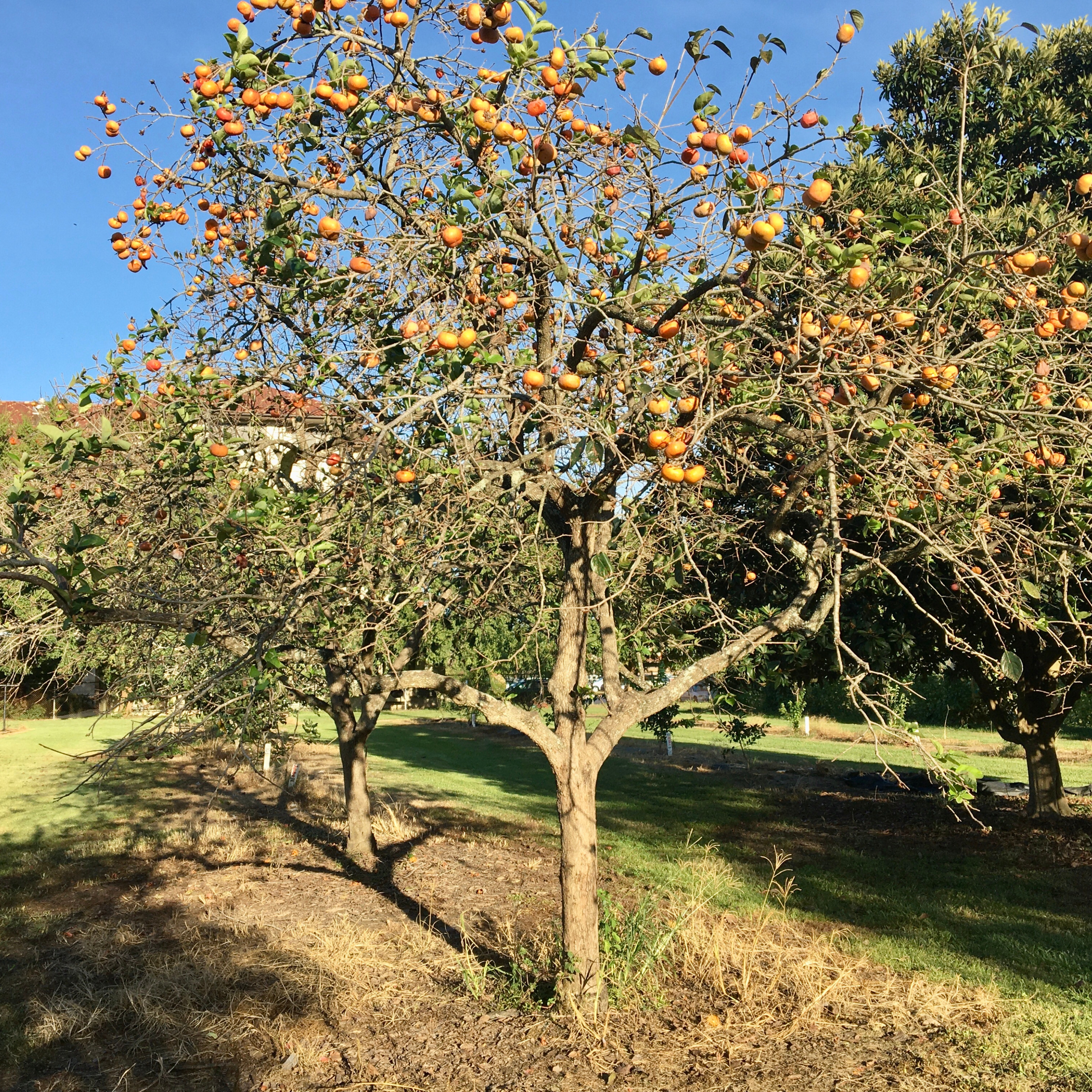
Adaptable
Highly adaptable to different soil types and growing conditions.

Edible Fruit
Edible fruit attracts wildlife and can be used in cooking.
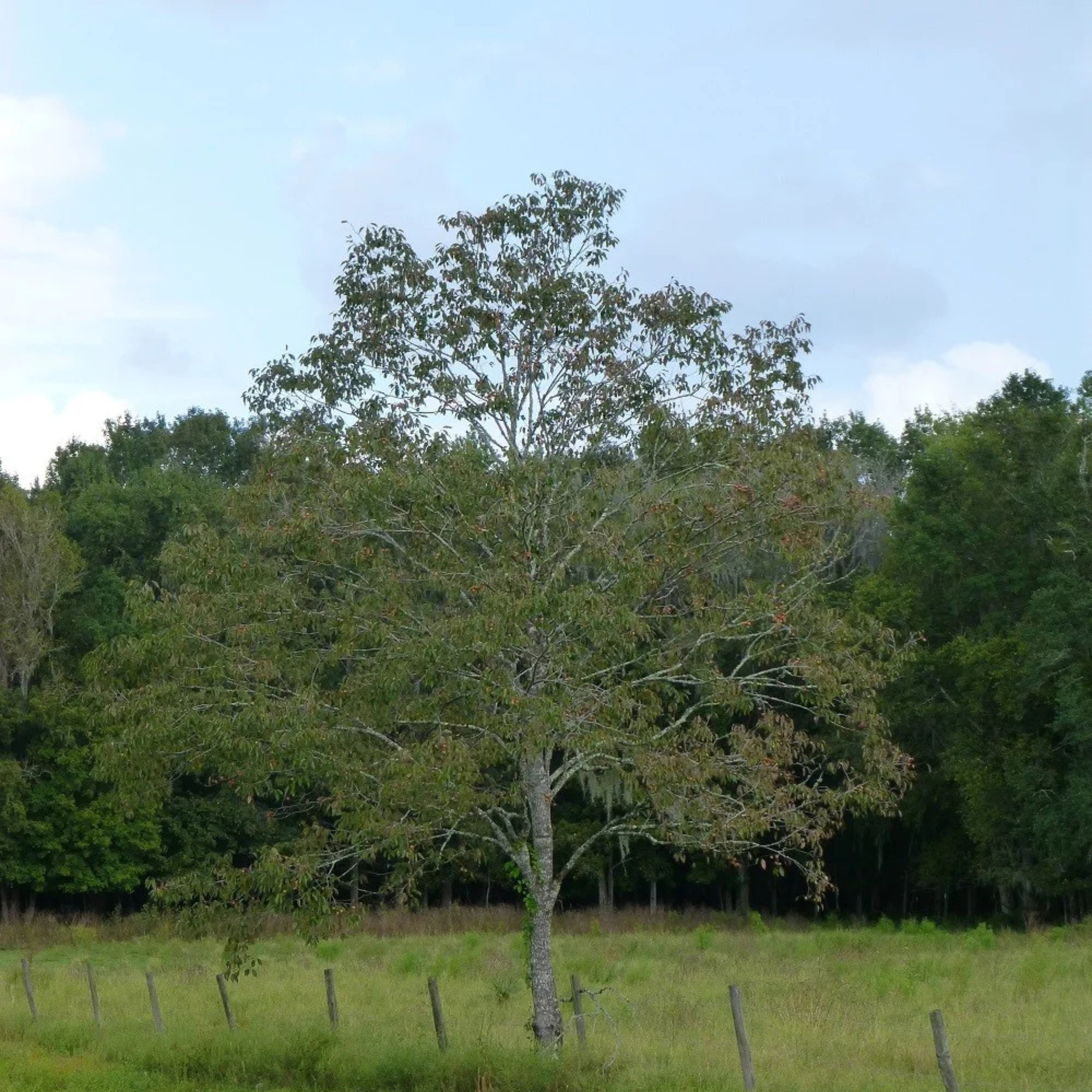
Durable
Durable and drought-tolerant, making it ideal for urban environments.
Environmental Benefits of Planting Persimmon
This data is based on US Averages of healthy and mature trees over a 20-year period.
Check out the USDA’s MyTree Tool to input your custom location data.

A single common persimmon can offset the CO₂ emissions produced by driving an average gas-powered car for 9,619 miles.

A single common persimmon can absorb enough stormwater to fill 1,160 bathtubs, reducing erosion, runoff, and supporting transpiration.

A single common persimmon removes as much air pollution as the weight of 115 smartphones.
Featured Projects
Featured Projects
Central Florida Lands and Timber Nursery, LLC. is a wholesale nursery specializing in a wide array of Florida native trees. With an inventory of over 2 million container-grown trees, CFLTN, LCC can meet the needs of large-scale reforestation, mitigation, and landscaping projects throughout the Southeast region.
Phone
(386) 294-1211
Address
3087 North County Road 53 Mayo, Florida 32066

